This article provides several compelling reasons to visit Mission San Juan Capistrano. In addition, it provides ideas on what to do in the surrounding area.
People come to California to experience the sunshine, sand, and waves. Others dream about adventures on the Sierra Nevada or the unique rock formations on the deserts. The state is all about enjoying the nearly perfect weather in the great outdoors.
Now, the history surrounding the settlement of the first Europeans in the area is quite interesting too. And we cannot describe California’s “beginnings” without going to the Mission period. I know this is not necessarily “the California” presented in movies or rock songs. However, structures from that period thrive and surprise more than 200 hundred years after their foundation.
Mission San Juan Capistrano is one of those places which captivate visitors with its chapels, fountains, exhibits, and legends. It has been called the “Birthplace of Orange County,” the region where world-famous places such as Disneyland, Newport, and Laguna Beach are located.
This is a Mission like no other in California. That may be the reason why half a million visitors stop by each year. This place recreates the colonization period with its preserved buildings, detailed excavations, well-presented exhibits, and award-winning audio tour. There is an opportunity to immerse yourself in the past at your own pace.
Table of Contents
Mission San Juan Capistrano: Why Visit
Here are some of the reasons why I believe this place is so exceptional.
Transports you to the Mission Period
The Mission was founded in 1776 by Spanish Catholics of the Franciscan Order and named after an Italian theologian. Since the mission was the only structure in the area, it was of vital importance to become self-sufficient. Historic records testify about the success the padres (priests) had in the farming and cattle herding industries.
Nowadays, it is possible to see the stone wheels used to extract olive oil and the vats were wine was fermented (the first wine produced in the state was here). It is also interesting to take a look at the open-air kitchens, sleeping quarters, and storage areas. Watch out your head when passing under the doors’ lintels. Those Spaniards were short!
You can See the Remains of the Industrial Center
My favorite part of the complex was the industrial center. It is hard to believe how much knowledge people in the late 1700s had. There were four specialties:
Tallow rendering – Large vats were used to make tallow (rendered animal fat). This substance was later used to make candles, soap, shortening, and ointments.
Wool fabric dyeing – Large vats were used to dye clothing, blankets, and other wool materials. Looms were also in the area.
Iron smelting/blacksmithing – Catalan furnaces were used to smelt ore to make metals for hardware, tools, farm implements, and even cannons.
Tanning/leather making – Tanning vats were used to soak hides in tannic acid. There were draining channels for rinsing and there was a circular area used to stretch and scrape hides.
The padres taught all these skills to natives. By the early 1800s, they were able to sustain the military and civil government of California.
There are Remnants of a Stone Church
After its foundation, the mission prospered. Over seventy adobe structures were built in order to provide permanent housing for the Mission workers. It was decided that a larger, European-style church was required to accommodate the growing population.
A master stonemason was brought to take on the project. The idea was to incorporate numerous design features not found at any other California Mission, including the use of a domed roof structure made of stone as opposed to the typical flat wood roof. This elegant roof design called for six vaulted domes (bovedas) to be built.
“The Great Stone Church” was finished in 1806 after many years of labors. In 1812, an earthquake shook Southern California. The church’s nave collapsed killing 40 native worshippers. There are a lot of legends trying to decipher the bad luck of the most ambitious project of the Mission period.
It was Sacked by Pirates
I cannot imagine pirates in California, but well, a French privateer known as “Pirata Buchar” (his real name was Hyppolite Bouchard), and his men, sacked the Mission in 1818. Also, the pirates sacked the Monterey Presidio and a ranch on the Santa Barbara coast under the Argentinean flag.
Note: A vista point/rest area located between Gaviota State Park and Refugio State Beach on US-101 (southbound) has an interpretative sign recounting the adventures of Bouchard since this is the area in modern Santa Barbara County that he roamed with his pack.
Even the Bells have a Story
There are four bells in the Mission (and each one has a name). The two largest bells were damaged during the 1812 earthquake. In 2000, exact duplicates were cast in the Netherlands utilizing the molds of the originals.



It is Part of a Yearly Migration
Every summer the Mission receives the visit of hundreds of American Cliff Swallows. These birds winter in Argentina but make the 6,000-mile journey every year looking for warmer climates. The Mission’s location near two rivers made it an ideal location for the swallows to nest, as there is a constant supply of the insects on which they feed, and the young birds are well-protected inside the ruins of the old stone church. Residents of San Juan Capistrano welcome the swallows every year with “La Fiesta de las Golondrinas.”
Faith Stills Exist Here
One of the chapels (Serra’s Chapel) in the Mission grounds is the oldest building in California still in use. It is the only remaining documented place where padre Junipero Serra (the president of the Missions project) celebrated mass.
Even though I have described many interesting aspects of the Mission, this is still a place of worship, the many crosses are a reminder of that. When I visited Serra’s Chapel, I saw a small kid writing in a book placed in front of one of the altars. I couldn’t soothe my curiosity and proceed to take a look. The kid wrote a petition asking God for protection for his family. The wording he used melted my heart. The Mission still serves its original purpose after so many years.
It is Just Beautiful
The Mission San Juan Capistrano has been nicknamed “The Jewel of the Missions.” I must say it is truly a well-polished jewel. The rustiness of the adobe walls, the terracotta tiled roofs, and the elegant arches contribute to the beauty of the complex. Hidden patios, fountains, and a landscape of flowers add an extra layer of magic to the place.
Details
The Mission is located in Old Town San Juan Capistrano. The exact location is 26801 Ortega Highway.
The entrance fee is $14 for adults, $12 for seniors, and $9 for kids. You can buy tickets on-site or online. An audio tour is included with admission.
San Juan Capistrano is located 30 miles from Anaheim, 55 miles from Los Angeles, and 66 miles from San Diego. The city makes a great day trip (or weekend trip) in Southern California.
If visiting the area from outside the state, you are probably going to start your trip from Los Angeles or San Diego’s international airports. Orange County has its own international airport (John Wayne) located 20 miles away.
San Juan Capistrano’s train station is located right at the heart of Old Town. You can walk from here to the Mission. That means that you can hop on the train from cities in Orange and San Diego counties.
There are plenty of parking spaces along the streets of Old San Juan Capistrano. There are big, free parking lots about one block from the Mission. The easiest way to find them is to head to the intersection of El Camino Real and Ortega Highway. For covered parking, head to the train station parking lot.
Nearby Attractions
You do not have to walk far to encounter even more cool things to do. San Juan Capistrano offers a lot. Within walking distance on the Mission enjoy the following:
See
- San Juan Capistrano Mission Basilica – Located behind the Mission
- Old Town San Juan Capistrano
- Los Rios Historic District – This is one of the oldest neighborhoods in California and it is where the people who constructed the Mission used to live
Eat
- Trevor’s at the Tracks
- Bueno Bueno Mexican Kitchen
- Heritage BBQ (keep in mind people start to line up two hours before opening time, this seems to be the Franklin’s of Orange County)
Drink
- Five Vines Wine Bar (I highly recommend this place, the food is delicious too)
- Rancho Capistrano Winery
- Capistrano Brewing Company
Outside San Juan Capistrano, you can visit Dana Point and San Clemente. Both cities have a unique character. I’ll say a visit to both is a must (so many places, so little time).
This is my favorite Mission to date. The best part is that I was still able to enjoy the Californian sunshine while discovering more about the beginnings of the state. Only a couple of hours were needed to go back to a different point in time. The beaches, the glitz, and glamour can wait.
More of Southern California
150+ Places to Go in Orange County
Los Angeles Ultimate Bucket List
Ultimate San Diego Bucket List
200+ Places to Visit in Santa Barbara
What surprised you more about Mission San Juan Capistrano?
Pin “Mission San Juan Capistrano” for later!












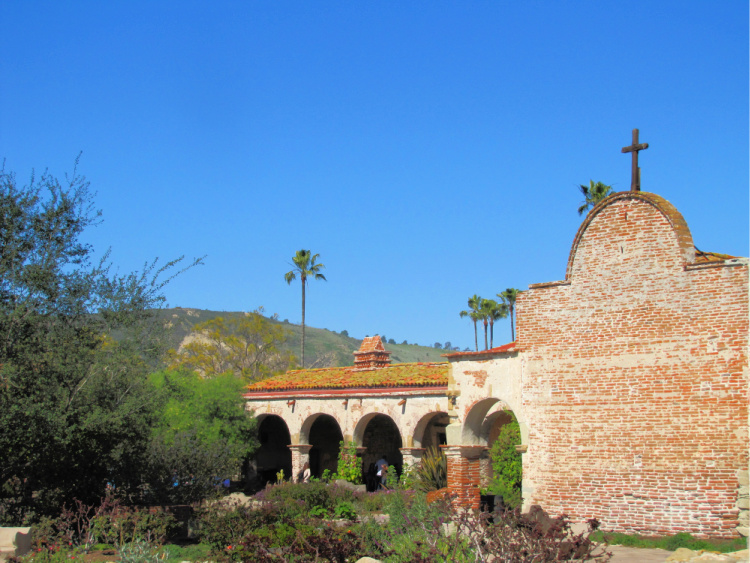

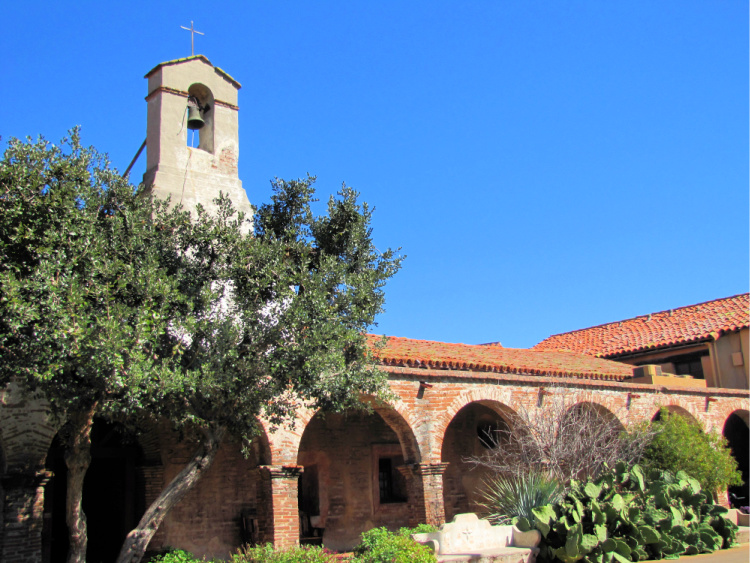



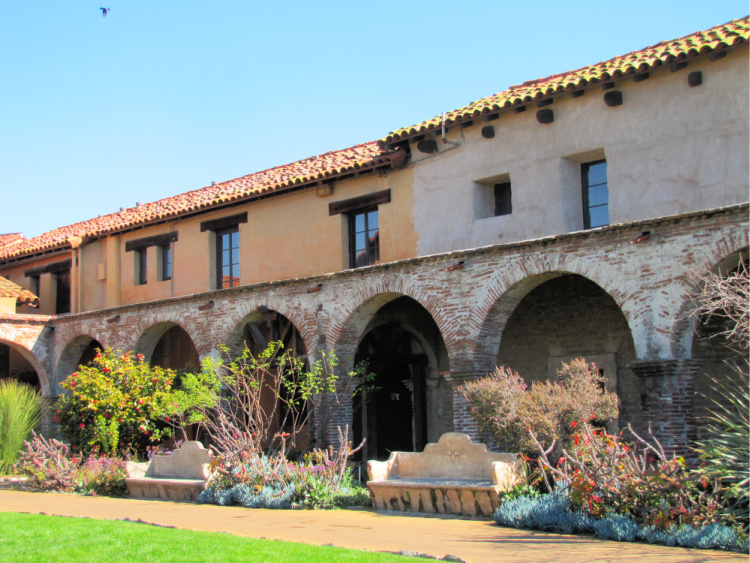
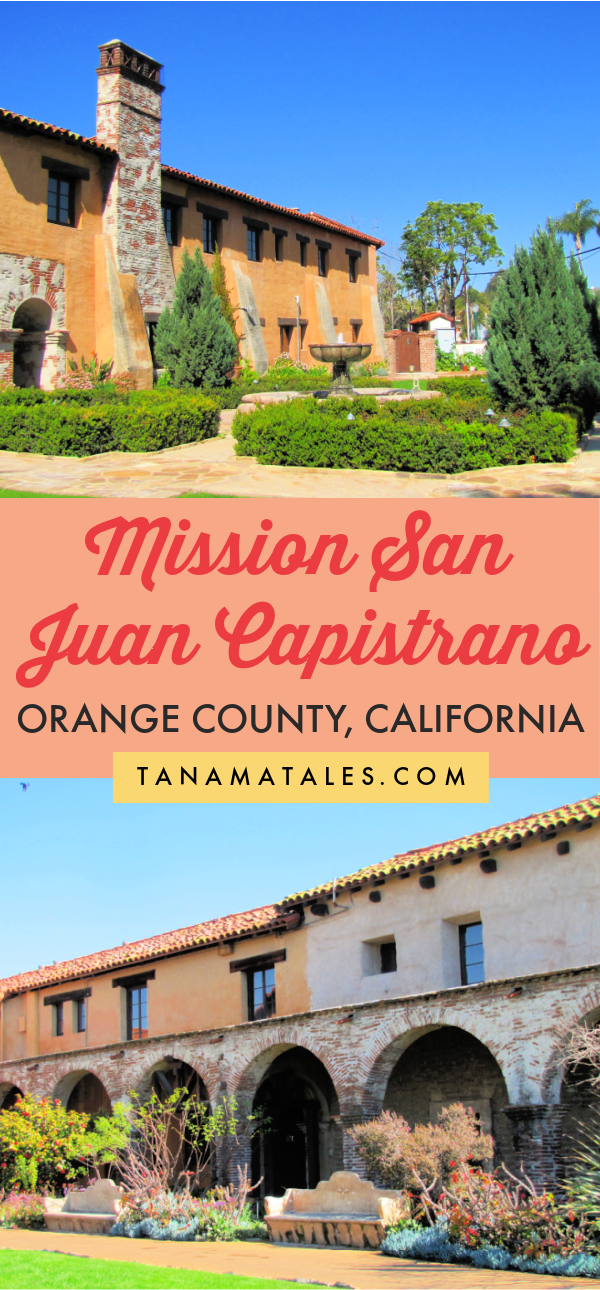
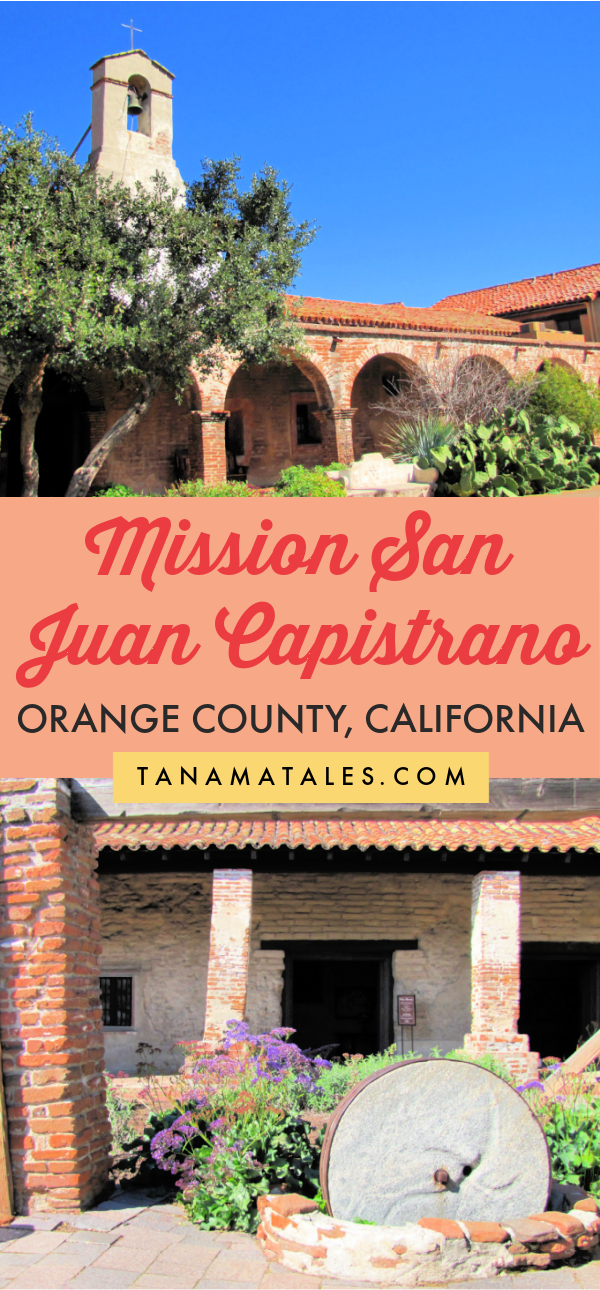
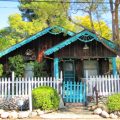

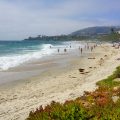

Sharyn says
I had never thought of California in this way! As you say we come for the sand, sea and Hollywood! I have a friend who lives in Orange County so next time I am there I will definitely get her to take me here. Thanks for sharing.
Alanna Koritzke says
I’m from Los Angeles, and boy oh boy do I remember everyone choosing and making a model of their Mission. I can’t remember which one mine was (not San Juan Capistrano), but I do remember being very confused as a kid when I learned that kids in other states didn’t do this. San Juan Capistrano is beautiful and I’d love to visit. I wish more people knew about the Missions all over the state, they really do capture such a pivotal part of CA history.
Krista says
This looks like a beautiful and very calming place to visit. Thanks for bringing it to my attention!